Having your own place means you’ve got a whole list of things to keep up with, and keeping your roof in good shape is top of that list. Your roof is basically your home’s superhero, shielding you from the weather and keeping everything structurally sound and energy-efficient.
Spotting the right time for a roof replacement can save you a lot of trouble and money in the long run. Here are some major hints that :
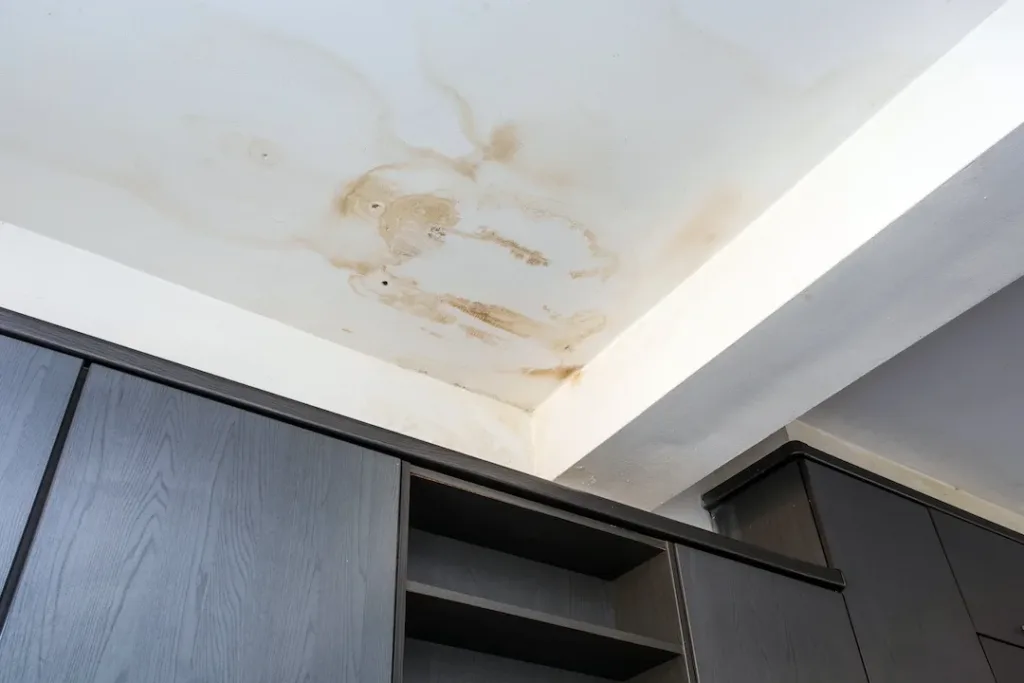
One of the most overt signs of a failing roof is water infiltration. Persistent leaks after rainfalls or visible water stains on your ceilings and walls indicate that your roof could have compromised areas allowing water to seep through.
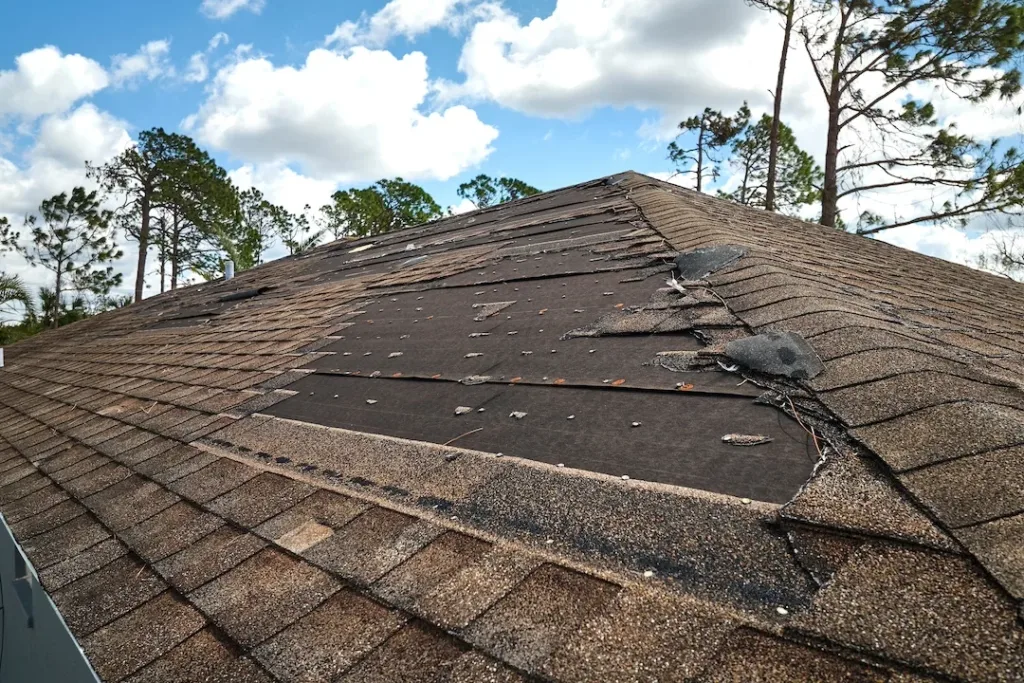
Shingles are designed to protect your roof from water and UV damage. Over time, exposure to the elements can cause them to deteriorate. Missing pieces, cracks, or curling edges significantly reduce your roof’s ability to keep water out. This wear and tear can lead to leaks and other serious structural issues if not promptly addressed.
Shingles can go missing from your roof due to a variety of factors, each pointing towards different underlying issues.
The most common cause is severe weather conditions such as high winds, hail, or storms, which can physically dislodge and remove shingles from the roof. Over time, the adhesive materials that bind shingles to the roof can weaken, making them more susceptible to being blown away by strong winds.
Additionally, improper installation or using subpar roofing materials can contribute to shingles becoming loose and eventually falling off.
Age is another critical factor. As roofs age, shingles start to deteriorate, losing their integrity and making them more likely to go missing.
Regular inspection and maintenance can help identify these issues early, preventing further damage and extending the life of your roof.
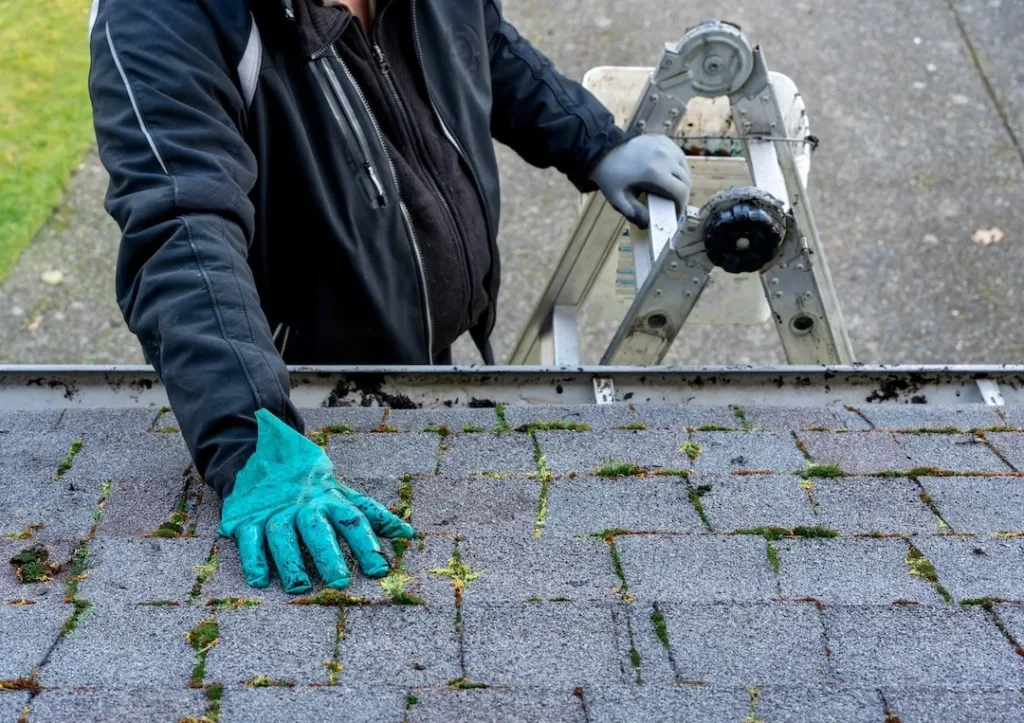
While they might seem harmless, algae and moss can be indicative of moisture being trapped on your roof. Over time, this excess moisture can lead to rot and deterioration of roofing materials.
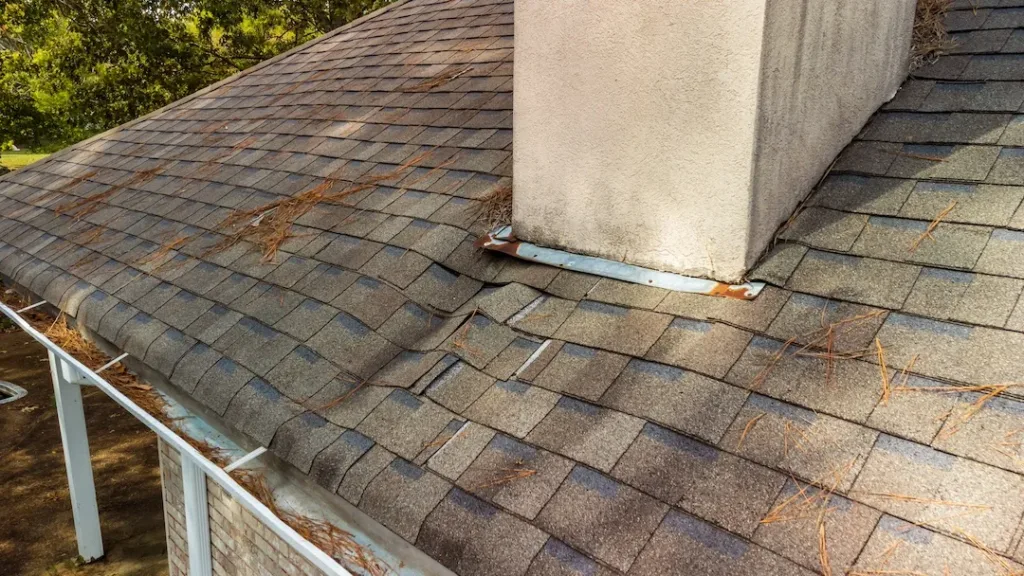
Sagging spots or visible rotting on the roof deck usually signal serious structural issues. They often indicate prolonged exposure to moisture or water accumulation beneath the shingles, potentially jeopardizing the safety of the entire structure.
We typically see roof decks sagging after prolonged damage to the home. Be preventative!
Roofs are designed to last, but not indefinitely. If your roof is nearing or has surpassed the 20-year mark, it’s time to start evaluating its condition. Even without visible signs of damage, aging roofs can fail, leading to significant damage.
When considering the age and potential longevity of your roof, it’s important to factor in the material from which it’s made. Different materials have varying lifespans and resilience to weathering, which directly impacts when you’ll need to think about replacement. Here’s a brief overview:
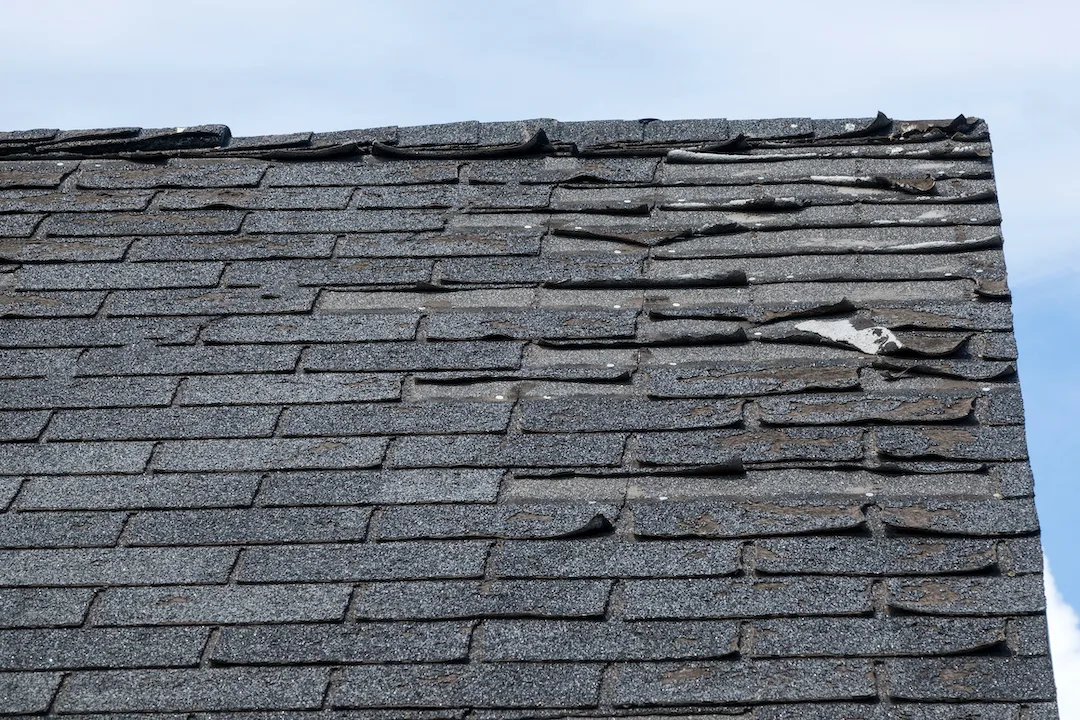
The most commonly used roofing material, asphalt shingles, typically last between 15 to 30 years. Factors such as climate conditions, roof pitch, and the quality of installation can affect their lifespan. Over time, they can show signs of aging like granule loss or curling.
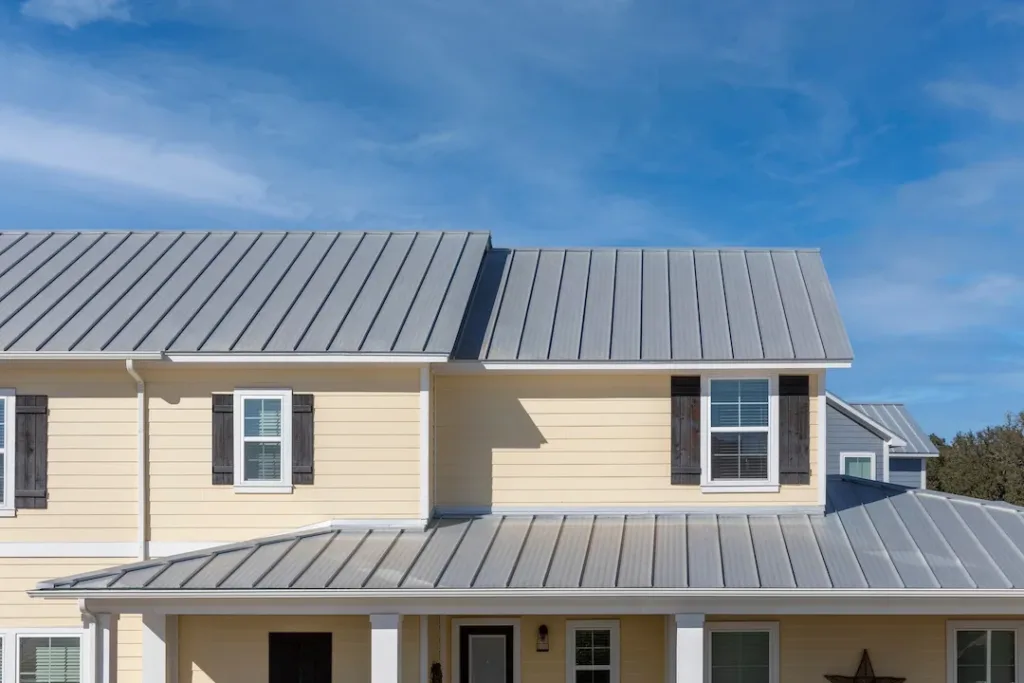
Metal roofs offer a significantly longer lifespan, usually lasting 40 to 70 years with proper installation and maintenance. They withstand severe weather conditions better than most materials and are resistant to cracking, eroding, and shrinking.
These materials can last over 100 years under the right conditions. Clay and concrete tiles are extremely durable and resistant to fire, rot, and insect damage, but they are also heavier and require a structurally sound support system.
Slate is among the most durable roofing materials, with lifespans extending up to 100 years or more. Authentic slate is resistant to harsh weather conditions, making it an excellent choice for areas with severe weather. However, its weight and cost can be prohibitive.
Understanding the aging characteristics of different roofing materials can help homeowners make informed decisions regarding maintenance, repair, and eventual replacement to protect their homes effectively. Regular inspections and upkeep can prolong the life of any roof, regardless of material.
If you’ve noticed any of these warning signs, taking prompt action can help secure your home and avoid further complications:
Securing and maintaining the roof of your property is crucial for the safety and wellbeing of its occupants. By staying vigilant and proactive about roof maintenance, you can ensure your property stays protected, energy-efficient, and structurally sound for years to come.










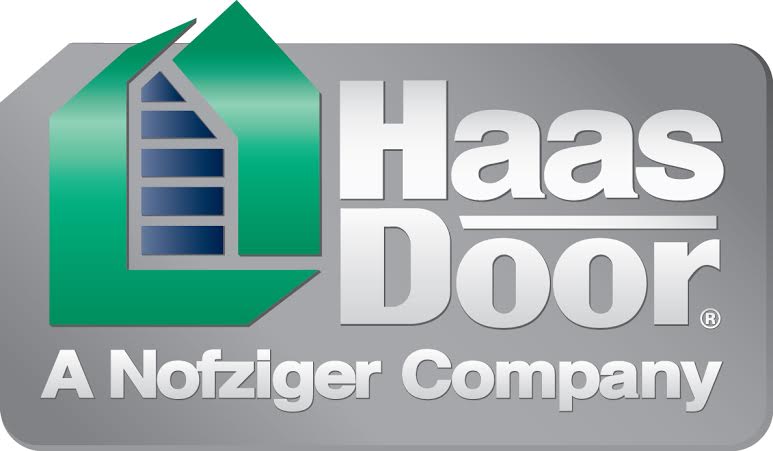

Proudly Serving Ocean & Monmouth Counties in New Jersey
Schedule a FREE estimate and consultation with Toms River Door & Windows by filling out the form below.